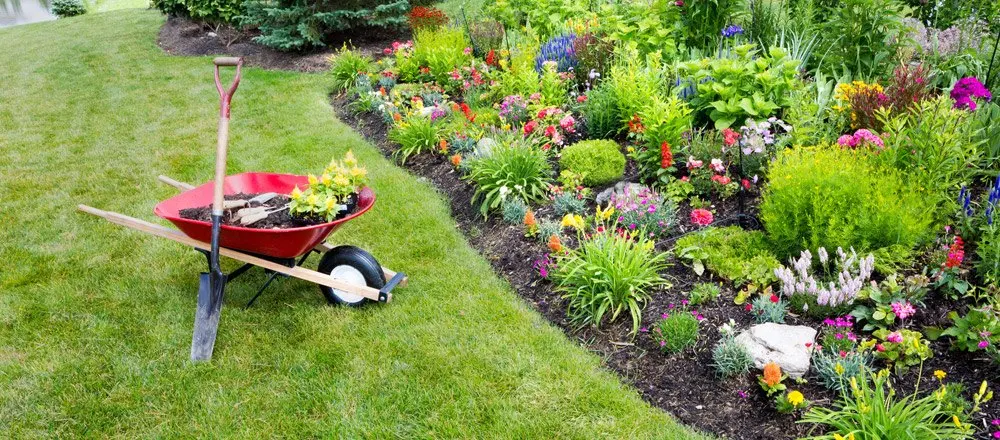When it comes to choosing the right roofing material for your home, there’s more to consider than just aesthetics. Your roof needs to be durable, weather-resistant, and energy-efficient, all while complementing the style of your house. With so many options available, it can feel like a daunting decision, but don’t worry—here’s a guide to help you navigate the choices and find the perfect material for your home.

Let’s start with the classic: asphalt shingles. This material is the most common in the U.S. for a reason—it’s affordable, easy to install, and comes in a wide range of colors. Asphalt shingles are great for most climates and are particularly suitable for homeowners who need a cost-effective roofing solution. They might not have the lifespan of some premium options, but they still offer solid protection against the elements and can last around 20-30 years.
If you’re looking for something a bit more long-lasting and visually appealing, metal roofing could be a great option. Metal roofs have become increasingly popular thanks to their durability and sleek, modern appearance. They’re resistant to wind, hail, and even fire, making them a good choice for areas prone to extreme weather. Plus, metal roofs reflect heat, which can help keep your home cooler in the summer. While metal roofing tends to be pricier than asphalt, its longevity—often lasting 50 years or more—can make it worth the investment.
For those who want something truly distinctive, wood shakes or shingles offer a natural, rustic charm that’s hard to beat. Wood roofs can add a lot of character to your home, but they do require more maintenance than other materials. They need to be treated to prevent rot, moss, or insect damage, which means they might not be the best option for humid climates. However, if you love the look of wood and are willing to keep up with regular care, this material can add timeless beauty to your home.
For a more modern and energy-efficient choice, slate is a luxurious option. This material is extremely durable, fire-resistant, and long-lasting, with some slate roofs lasting over 100 years! It’s perfect for homeowners looking for a premium look and unmatched durability. However, slate is heavy, so your home’s structure needs to be able to support it. Plus, it’s on the expensive side, both in terms of material and installation costs.
Finally, clay or concrete tiles offer a distinctive Mediterranean or Southwestern style. These tiles are durable and weather-resistant, particularly in hot climates where they can help keep your home cool. They’re ideal for homes with a Spanish or Southwestern aesthetic, but they can be heavy and costly, so it’s important to consider the structural integrity of your home before opting for this style.
Choosing the right roofing material is a blend of practicality and personal taste. Think about the weather in your area, how long you plan to stay in your home, and your overall budget. The right material will not only protect your home for years to come but also enhance its overall appeal.
